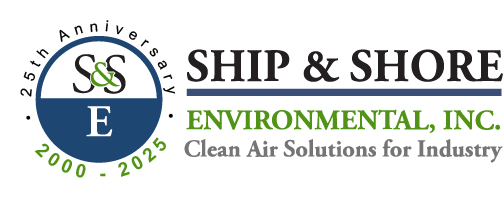Strategic Selection of RNG Systems
Strategic Selection of Renewable Natural Gas (RNG) Refinement System
With increasing emphasis on Renewable Natural Gas (RNG) applications in today’s Green Economy, it is important to consider the amount and contents of the off gas or tail gas during the refinement process. Methane is a prominent gas that must be extracted from the source as much as possible in this process. A variety of methods are available for the removal of these contaminants, but a certain amount of planning on destruction of the byproducts from the purification process is required. Economics of the refinement methods used will also dictate the process selection for each stream.
Importance of Proper Selection
Examples of complications within the RNG refinement system selection process are below. Another thing to also consider is the quality of the incoming stream, as it is an essential aspect of the selection process.
- SO2 is formed and corrosion occurs in unprotected A36 steel when H2S combusts. Higher grades of metallurgy of high amounts for contact surfaces may be required and post combustion scrubbing of SO2 may be required. If high amounts of SO2 are present in a direct fired oxidation system, a pre-scrubber quench would be required. All of these outcomes increase the cost of ownership of the abatement system. These additional costs need to be weighed against systems which remove H2S from being present in the tail gas.
- When siloxanes (prevalent in landfill gas applications) combust, a very fine grade of SiO2 (sand) is formed and can deposit on the heat transfer surfaces of regenerative or recuperative oxidizers. This particulate may also require post-oxidation collection if the content is enough to create high levels of particulate. With a direct fired oxidizer, cooling of the flue gas would be required prior to collection adding to the cost of ownership of the abatement system.
Different Refinement Systems
Refinement methods like Membrane Separation include the following:
- Relatively narrow ranges of quality and quantity of the off gases.
- Abatement of tail gases from these streams are more predictable from both a content as well as a flow perspective.
PSA Systems
- Off gas quality and quantity tends to have more variation. This makes the abatement strategy different if not more difficult.
- Process variation can be dealt with but some solutions require supplemental fuel for proper destruction across the entire output spectrum.
Direct Fired Thermal Oxidizer (DFTO)
The burner destroys the tail gas at around 1500°F. A Variable Frequency Drive (VFD) manages the air fuel to temperature ratio. Depending on the BTU content, there may be a need for supplemental fuel.
Regenerative Thermal Oxidizer (RTO)
A regenerative thermal oxidizer has a 95% thermal efficiency rate with the use of ceramic modules and has two chambers for combustion and pre-heating gas.
Importance of Vendor Selection
Items to consider when selecting a vendor:
- Search for a vendor with experience and product lines that encompass the right solution approach
- Avoid firms with a one-technology solution
- Consider the costs associated with the abatement equipment itself – operating costs and overall cost of ownership


